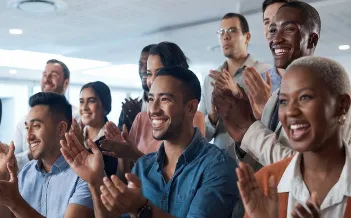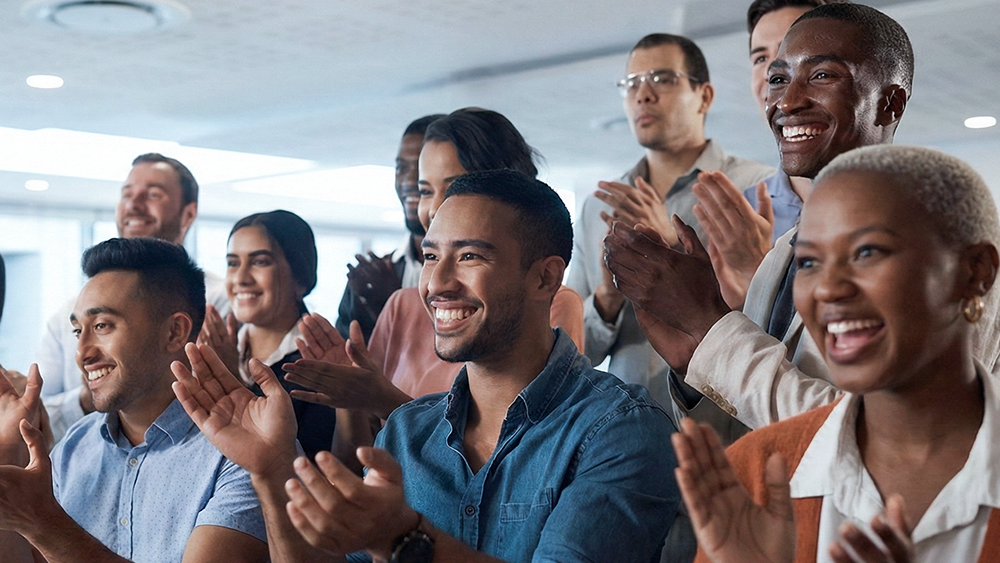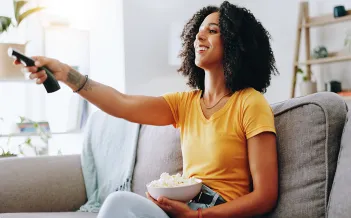As the pandemic further compresses margins, Providers are increasingly asking the question: how can we improve the efficiency of Revenue Cycle Management (RCM) operations using technology? One clear possibility is automating Remittance Posting. According to the 2019 CAQH Index, the medical industry spent $6 billion on remittance advice (RA) processing, corresponding to approximately 20% of the total annual administrative spend.i
On an average, it takes staff seven minutes to process a remittance advice manually. Processing an Electronica Remittance Advice (ERA), on the other hand, requires only two minutes, translating to nearly $2 billion in savings for the industry.
The status quo is holding Providers back
Healthcare Providers continue to bear the brunt of processing payments and remittances in a wide variety of formats. Health Plans send out an RA with each claim payment either in a paper format or as an Electronic Remittance Advice (ERA) transmitted in a HIPAA compliant 835 format. Each RA contains payment status or reason for denial.
Providers use the information in the RA to reconcile their accounts, determine reasons for denial, and decide whether to submit a claim or take alternative action. The challenge is, many Providers continue to receive the RA in paper format even today. The staff must then manually review the RA to understand:
- Which claims have been paid?
- Have the claims been paid correctly?
- Have the claims submitted as replacements been adjusted correctly?
- Have any claims been voided?
- Have any services been denied?
The result: a laborious and time-consuming process riddled with inaccuracies, high cycle times and a growing cost burden.
The solution: Combine technology and humans, allowing each to do what they do best
For Providers, successful denials management is key to enhancing revenues. But several challenges abound in this area: from inadequate or nonexistent denial reporting to outdated denial processes. Deploying a unified automated platform that processes both ERAs and paper-based EOBs can help streamline and enhance the process. On the one hand, automating 835 data importing to settle accounts can significantly improve the ability to quickly identify denied accounts, pinpoint trends in denials, accelerate collections, and reduce unnecessary reworking of appeals and the rebilling of claims.
On the other hand, for paper-based RAs, Intelligent Automation helps blend Robotic Process Automation (RPA) with Optical Character Recognition (OCR) and a human touch to create a seamless, efficient and scalable solution. Here’s how.
- Use OCR to extract information from paper EOB’s and convert them into ERAs in HIPAA compliant 835 format for automated posting, reducing manual intervention, lowering costs and increasing efficiency. This also allows your staff to refocus their efforts on processing exceptions and other higher-value activities.
- Leverage automated workflows to route correspondence and denials and post ERAs, enhancing accuracy, decreasing receivables days outstanding, and improving collections with fewer write-offs and payment errors.
- Automatically route exceptions to staff for expedited follow-up and resolution.
- Tap into the consolidated EOB and ERA data for robust denial analytics across parameters such as denial trends, work-in-progress billing, productivity, cash collections and so on, to drive better outcomes.
- Create online access to archived documents for a holistic view and reporting, reduce risks and strengthen compliance.
An automated remittance posting solution also enables your staff to work remotely, a critical requirement in an increasingly contactless, post-pandemic world.
Lift revenues by automating RCM
According to the American Hospital Association (AHA), in the wake of COIVD, the total projected losses to hospitals and health systems in 2020 is at least $323.1 billion.ii There are many things Providers can do to improve their bottom line in the post-COVID environment such as consolidating their healthcare offerings, improving the patient experience, and increasing operational efficiencies.
Leveraging RPA in healthcare to elevate RCM practices is by far an easier and more efficient way to see immediate results. Reports show that nearly a third of hospitals lack an effective RCM solution.iii For Providers looking to offset the revenue turbulence in the post-pandemic world and strengthen profitability, the time is ripe to deploy an automated RCM solution.
Firstsource’s Business Process Automation Services are designed to identify the root cause, assess the impact of operational impediments, and recommend and implement automated solutions to streamline processes and create scale.
We help leading Healthcare Providers implement Intelligent Automation, integrating applications and platforms for agility and performance.
While you’re here, check out our blog – Think Digital-First: Enhance Denials & Appeals Management With Intelligent Automation
Featured Resource
Download our eBook ‘Driving Impact at Scale with Intelligent Automation’ which serves as a complete implementation guide for Healthcare Providers.
Reference
- https://www.caqh.org/sites/default/files/explorations/index/report/2019-caqh-index.pdf
- https://www.aha.org/press-releases/2020-06-30-new-aha-report-losses-deepen-hospitals-health-systems
- https://www.beckershospitalreview.com/finance/study-nearly-one-third-of-hospitals-lack-revenue-cycle-technology-for-automated-remittance-posting.html










